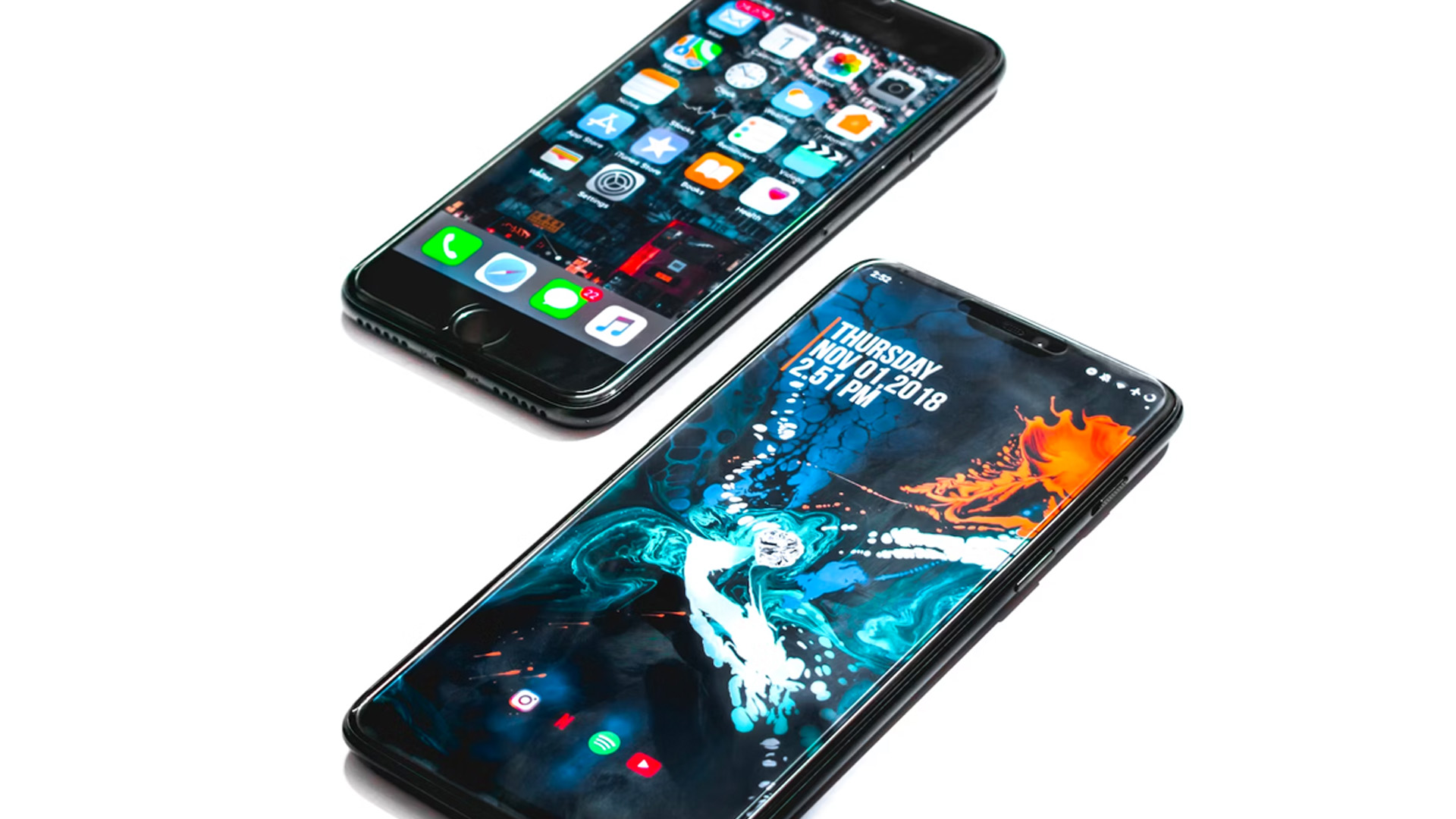As the technology landscape evolves, many individuals are considering the switch from iPhone to Android devices. With a plethora of innovative features, customization options, and a diverse ecosystem of apps, Android is an enticing choice for many smartphone users. However, making the transition from one platform to another can pose challenges, especially when it comes to transferring data, apps, and personal files. Fortunately, our detailed guide is here to help you navigate the process with ease. Whether you’re concerned about transferring contacts, photos, messages, or other essential data, our guide provides step-by-step instructions and proven solutions to ensure a seamless transfer to Android from iPhone. Not only will this guide cover various methods of data transfer, but it will also include essential tips and best practices, all while optimizing for the keyword “transfer to Android from iPhone.” Get ready to embrace the world of Android with confidence and peace of mind, knowing that your data is safely and securely transferred.
[ez-toc]
Transfer Your Data: The Easy Way
Using Google Drive to Backup and Transfer Data
Google Drive is a powerful cloud storage solution that offers ample storage space, seamless accessibility, and robust security features. It’s an excellent tool for iPhone users who are looking to transfer their essential data to an Android device. By using Google Drive, you can easily back up important files, documents, contacts, and other data from your iPhone and then access them on your new Android device without any hassle. Follow the steps below to easily transfer to Android from iPhone using Google Drive:
- Charge both your iPhone and Android devices.
- Install the Google Drive app on your iPhone and sign in using your Google account.
- Open the Google Drive app and tap the three-line menu button.
- Go to Settings > Backup.
- Choose the data you want to back up (contacts, calendar events, photos, etc.) and tap “Start Backup.”
- To avoid missing messages during the transfer, turn off both iMessage and Facetime on your iPhone.
- Once the backup is complete, sign in to your Google account on your new Android device.
- During the setup process, follow the instructions to restore your data from the Google Drive backup.
Transferring Contacts: Two Effective Methods
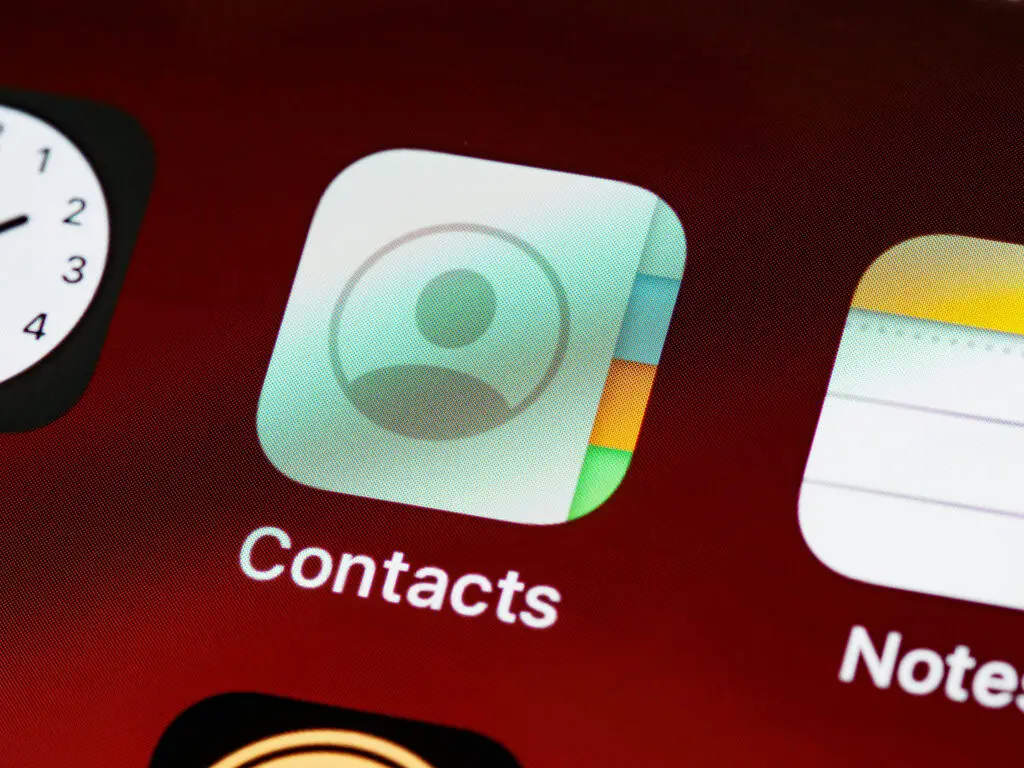
Contacts are an integral part of our daily lives, serving as the foundation for communication and networking. As such, transferring contacts to Android from iPhone is a crucial step in the transition process. To ensure that you don’t lose touch with your friends, family, colleagues, and acquaintances, we’ll cover two effective methods for transferring contacts: using a vCard file and syncing with a Google account. Each method offers its own set of advantages, and we’ll provide a detailed explanation of both approaches, allowing you to choose the one that best fits your needs and preferences.
Manually Transfer Contacts Using a .vcf File
- Open the Contacts app on your iPhone.
- Find the contact you want to transfer and tap on it.
- Select “Share Contact” and send the file to yourself using your preferred method (email, messaging app, etc.).
- On your Android device, open the received VCF file.
- Select the Google Account you want to sync the contact to.
Syncing Contacts to Google Contacts
- On your iPhone, open the Settings app and go to Contacts > Accounts.
- If your Google account is not already on your iPhone, tap “Add Account” and add it. If it is, tap on it.
- Switch the “Contacts” toggle on to sync your iPhone contacts to Google Contacts.
- On your Android device, sign in with the same Google account to automatically download your synced contacts.
Moving Your Calendar Events: Keep Your Schedule Intact
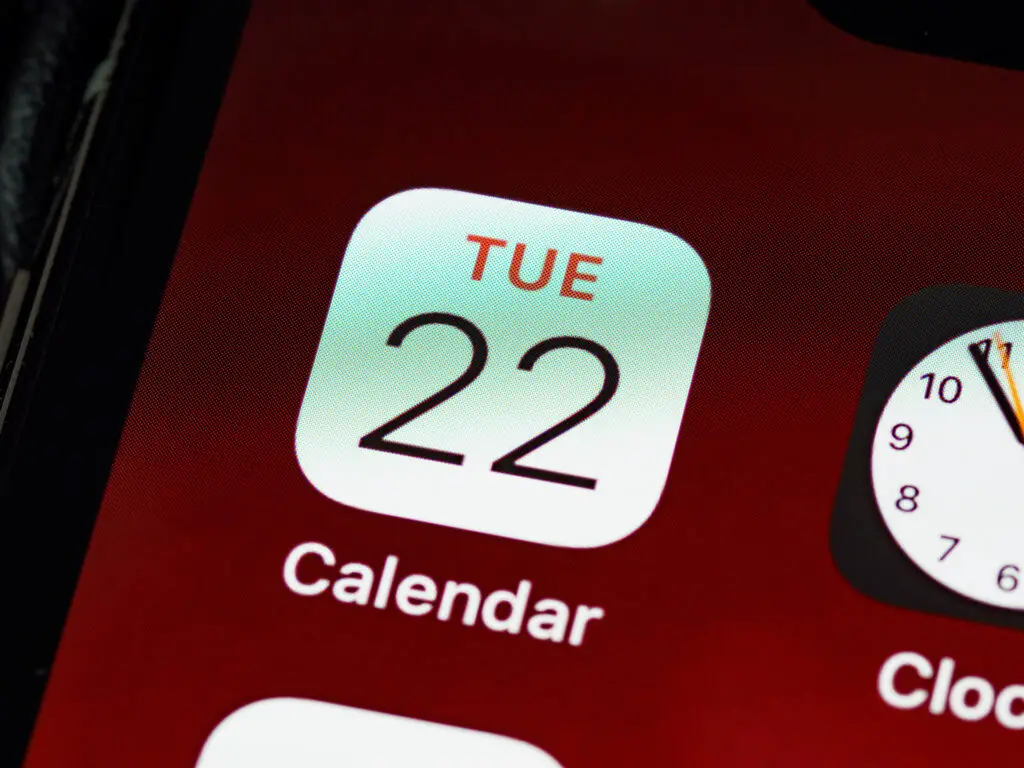
Staying organized and on top of your schedule is essential in today’s fast-paced world. Your calendar events, appointments, and reminders serve as valuable tools for time management and productivity. To ensure that you don’t miss any important dates or events when switching to an Android device, we’ll guide you through the process of migrating your calendar events from your iPhone. By following the steps outlined in this section, you can keep your schedule intact and continue to manage your time effectively on your new Android device.
Transferring iCloud Calendar to Google Calendar
- On your iPhone, go to Settings > Calendar > Accounts.
- Go to your Gmail account (add it if you haven’t).
- Make sure the “Calendars” toggle is switched on (green) to sync your iCloud calendar to Google Calendar.
- Sign in to Google Calendar on your Android device to access your synced calendar events.
Manually Transferring Calendar Entries
- On your iPhone, go to Settings > [your profile] > iCloud > Show All.
- Toggle on “Calendars” to sync your local calendar files to iCloud.
- Access iCloud.com on your computer’s web browser and log in.
- Open the Calendar interface and click the “Share Calendar” button beside the calendar you want to export.
- Tick “Public Calendar” and copy the sharing URL.
- In a new browser tab, paste the URL and change “webcal” to “http” before pressing Enter.
- Download and save the .ics file (you can rename it for convenience).
- Open and log in to Google Calendar on your computer’s web browser.
- Go to Settings > Import & export.
- Click “Select file from your computer” and find the .ics file.
- Choose the Google Calendar you want to import the entries to and click “Import.”
Migrating Photos, Videos, and Music: Keep Your Memories Safe
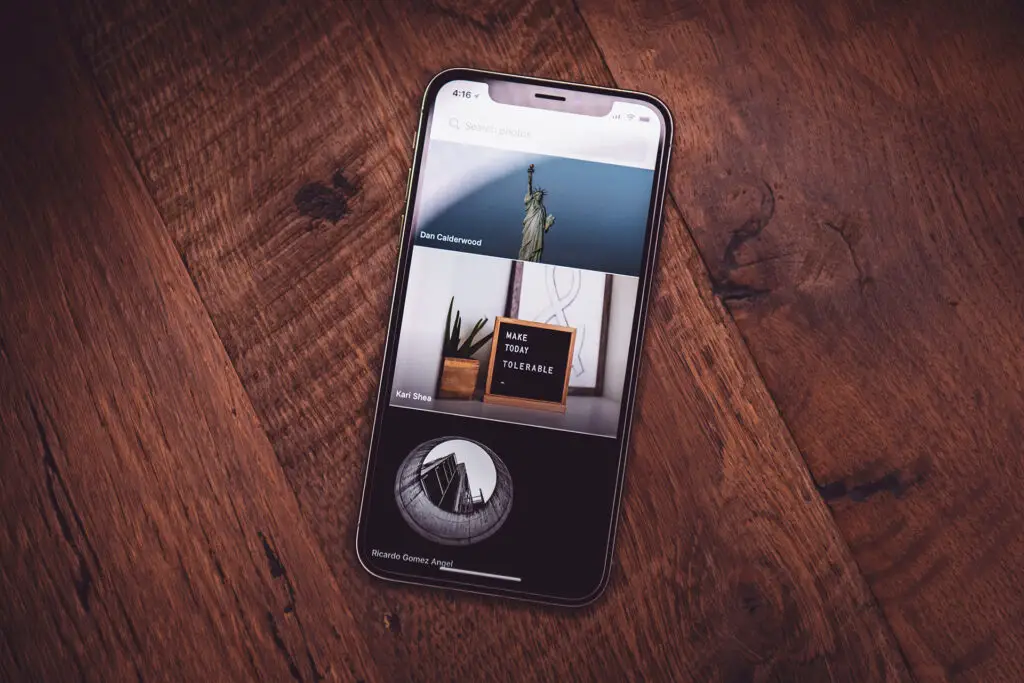
Transferring Photos and Videos
Using Google Photos
Memories are precious, and the photos and videos we capture hold sentimental value, therefore it is vital that they transfer to Android from iPhone. Google Photos is a versatile and feature-rich app that allows you to back up and organize your cherished memories with ease. In this section, we’ll explore how to use Google Photos to transfer your photos and videos from your iPhone to your new Android device. Whether it’s your family vacation, your child’s first steps, or a memorable event, Google Photos ensures that your memories are safely stored and accessible across devices.
- Install the Google Photos app on your iPhone and sign in using your Google account.
- Open the Google Photos app and go to Settings > Back up & sync.
- Turn on the “Back up & sync” toggle to automatically back up your photos and videos to the cloud.
- Once the backup is complete, install the Google Photos app on your Android device and sign in with the same Google account.
- Your photos and videos will be available in the Google Photos app on your Android device.
Using a Computer
Some users may prefer a more hands-on approach to transferring their photos, videos, and music. In this section, we’ll provide detailed instructions on how to use a computer to facilitate the transfer of your media files. By connecting your iPhone and Android devices to your computer via USB, you can manually copy and organize your media files in a way that suits your preferences. We’ll cover the step-by-step process, from importing files from your iPhone to transferring them to your Android device, ensuring that you have complete control over your media library.
- Connect your iPhone to your computer using a USB cable and open the Photos app (Windows) or Finder (Mac).
- Import your photos and videos to your computer.
- Connect your Android device to your computer using a USB cable.
- Copy the photos and videos from your computer to a folder on your Android device.
Copying Music
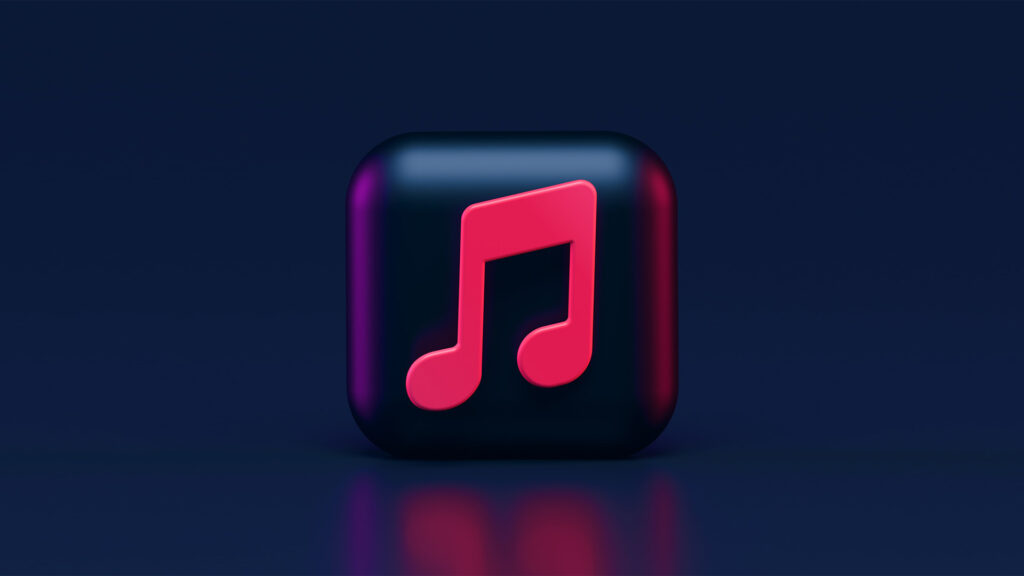
Music is a universal language that brings joy and relaxation to our lives. Whether you have an extensive music library or carefully curated playlists, transferring your music from your iPhone to your new Android device is an important step in the switch. In this section, we’ll explore two methods for copying your music: using a music streaming service and manually transferring files with a computer.
Using a Music Streaming Service
If you use a music streaming service like Spotify or Apple Music, you can easily access your music library on your new Android device.
- Install the app for your music streaming service on your Android device.
- Sign in using your account credentials.
- Your music library and playlists will be available in the app.
Using a Computer
- Connect your iPhone to your computer using a USB cable and open iTunes (Windows) or Finder (Mac).
- Copy your music files from your iPhone to your computer.
- Connect your Android device to your computer using a USB cable.
- Copy the music files from your computer to the “Music” folder on your Android device.
Transferring Other Files and Data
Depending on your needs, you may also want to transfer other files and data, such as documents and bookmarks, from your iPhone to your Android device. Many cloud-based services, such as Google Drive, Telegram and Dropbox, allow you to easily access your files on multiple devices. Alternatively, you can use a computer to manually copy files between devices.
Share Files with Google Drive
Google Drive is a versatile cloud storage platform that allows you to conveniently back up and transfer files between devices. With 15GB of free storage, you can easily move a variety of files from your iPhone to your Android device. Follow these steps to use Google Drive for transferring files:
- Install and open Google Drive on your iPhone. Sign in to your Google account.
- Tap the large “+” button and select the files/photos/videos you want to transfer.
- Wait for the files to finish uploading. For large files, connect to a Wi-Fi network to avoid high data consumption.
- Log in to the same Google account on your Android phone to access the files
Transfer Files with Dropbox
Dropbox is another reliable cloud storage service that you can use for file transfer. You’ll need to install Dropbox on both devices and have a stable network connection. Here’s how to use Dropbox for file transfer:
- Install Dropbox on both devices and sign in with your account.
- On the Dropbox mobile app on your iPhone, go to the folder where you want to save the file.
- Tap the “+” button at the bottom of your screen and select “Upload file.”
- Choose the files you want to share with your Android phone and upload them.
- Sign in to the same account on your Android device to access the files
Transfer Files with Telegram
Telegram is a messaging app that allows you to share large files (up to 1.5GB) with ease. If you’re transferring files to yourself, you can use the “Saved Messages” feature. Follow these steps:
- Download Telegram on both the iPhone and Android devices and sign in to your account.
- Open Telegram on the iPhone and select the contact you want to share a file with (or “Saved Messages” for yourself).
- Tap the attachment button beside the text area and select the file(s) to send.
- Tap “send” and wait for the file to be delivered.
- On your Android device, view and download the files to your storage
Share Files via Email
For smaller files, you can use email to transfer them between devices. The process is simple and similar to sending a regular email. Here’s how:
- Open the email app on your iPhone.
- Compose a new email and attach the files you want to send.
- Enter the email address associated with the Android phone as the recipient.
- Send the email and wait for it to be delivered. Open the file on your Android phone
Transfer Files with Xender
Xender is an app that facilitates file transfers between various platforms, including transfer to Android from iPhone, Windows, and iOS. Xender uses a local Wi-Fi network to transfer files without consuming mobile data. Here’s how to use Xender:
- Download Xender on both your iPhone and Android devices.
- Open Xender on your iPhone and tap the “Send” button.
- Select the files you want to transfer and tap “Send” again.
- Open Xender on your Android device and tap the “Receive” button.
- Wait for the devices to connect, and the files will be transferred to your Android device
Bringing Your Apps to Android
While you can’t directly transfer iPhone apps to Android, you can search for and install equivalent or similar apps on the Google Play Store. Keep in mind that some paid apps may require repurchase on the new platform.
Using Third-Party Transfer Apps
Using Samsung Smart Switch: The Step-by-Step Process
If you’re switching to a Samsung Android device, the Samsung Smart Switch app offers an effortless and convenient way to transfer your data from your iPhone. With Smart Switch, you can transfer contacts, messages, photos, videos, music, and more, all while preserving the quality of your data. Wireless Transfer with Smart Switch Mobile.
- Download the Samsung Smart Switch Mobile app on both your iPhone and your new Samsung device. The app is available on the App Store and the Google Play Store.
- Open the Smart Switch app on both devices and select “Wireless” on both screens.
- On your iPhone, select “iOS Device” and enter your Apple ID and password.
- On your Samsung device, select “Receive.”
- Choose the type of data you want to transfer and tap “Send” on your iPhone.
- Tap “Receive” on your Samsung device to start the transfer process.
- Once the transfer is complete, check to ensure that all of your data has been successfully transferred to your Samsung device.
- Transfer with a Lightning to USB-C Cable
- Connect your iPhone and Samsung device using a Lightning to USB-C cable. You can use the adapter included with your Samsung device to connect the cable to the USB-C port.
- On your Samsung device, open the Smart Switch app and select “Cable” on the main screen.
- Follow the on-screen instructions to trust the connection on your iPhone.
- Select the type of data you want to transfer and tap “Transfer” on your Samsung device.
- Once the transfer is complete, check to ensure that all of your data has been successfully transferred to your Samsung device.
Benefits of Using Samsung Smart Switch
- Compatibility: Smart Switch is compatible with both iOS and Android devices, allowing for seamless data transfer between different platforms.
- Comprehensive Data Transfer: Smart Switch transfers a wide range of data, including contacts, messages, photos, videos, music, calendar events, and more.
- User-Friendly Interface: The app features an intuitive interface that makes the transfer process easy and straightforward for users of all levels of technical expertise.
- Data Security: Smart Switch prioritizes the security of your data during the transfer process, ensuring that your personal information remains protected.
- Whether you’re transferring data wirelessly or using a cable, Samsung Smart Switch provides a hassle-free solution for making the switch from iPhone to Android.
- Experience the ease of transfer and enjoy your new Samsung device with all of your important data at your fingertips.
Finalizing the Switch
Once you’ve completed the data transfer to Android from iPhone through this process, be sure to disable iMessage and FaceTime on your iPhone to avoid missing any future messages and calls on your Android device. And that’s it! You’ve successfully switched from iPhone to Android and transferred your important data. Enjoy exploring your new device and all the features it has to offer!
Frequently Asked Questions (FAQs)
Can I transfer my text messages from iPhone to Android?
Yes, you can transfer your text messages from iPhone to Android using third-party software such as “iSMS2droid – iPhone SMS Import” or “Backuptrans iPhone SMS to Android Transfer.” These tools can help you export your text messages from your iPhone and import them to your Android device. Follow the instructions provided by the software for a seamless transfer.
How do I transfer my WhatsApp chat history from iPhone to Android?
WhatsApp offers an official solution for transferring your chat history from iPhone to Android using the “Chat Backup” feature. Here’s how:
- On your iPhone, open WhatsApp and go to Settings > Chats > Chat Backup.
- Tap “Back Up Now” to create a backup of your chat history to iCloud.
- Install WhatsApp on your Android device and sign in with the same phone number.
- During the setup process, WhatsApp will prompt you to restore your chat history from the backup.
- Tap “Restore” and your chat history will be transferred to your Android device.
Will my paid apps transfer from iPhone to Android?
Unfortunately, paid apps on the iOS App Store cannot be directly transferred to the Google Play Store on Android. You will need to repurchase any paid apps on the Google Play Store. However, some app developers may offer cross-platform licenses or discounts for users switching platforms. It’s a good idea to check with the app developers to see if such options are available.
How do I transfer my notes from iPhone to Android?
One way to transfer your notes from iPhone to Android is to use a cloud-based note-taking app like Google Keep or Evernote.
- Install the note-taking app on your iPhone and sign in using your account.
- Sync your notes to the cloud using the app.
- Install the same note-taking app on your Android device and sign in with the same account.
- Your notes will be synced and available on your Android device.
- Alternatively, you can copy and paste the content of your notes into an email or document and send it to yourself, then access it on your Android device.
What should I do if I’m having trouble transferring my data?
- If you’re experiencing difficulties during the data transfer process, consider the following troubleshooting tips:
- Ensure that both your iPhone and Android devices are fully charged and connected to a stable Wi-Fi network.
- Double-check your login credentials for any cloud-based services you’re using.
- Make sure you have enough storage space on your Android device for the data transfer.
- If using third-party software, ensure that it is compatible with both your iPhone and Android devices.
- Restart both devices and try the transfer process again.
- If you continue to encounter issues, reach out to the support team of the software or service you’re using for assistance.
Conclusion
Switching from iPhone to Android can seem like a daunting task, but with this comprehensive guide, you can confidently and effortlessly make the transfer to Android from iPhone. By following the steps outlined above, you can ensure that your valuable data—contacts, calendar events, photos, videos, music, and more—is safely transferred to your new Android device. We hope this guide has provided you with the information you need to make the switch and enjoy all the features and benefits that Android has to offer. Welcome to the world of Android!
